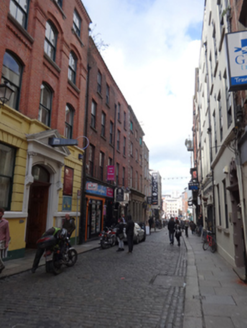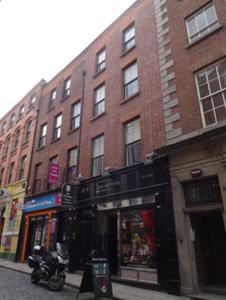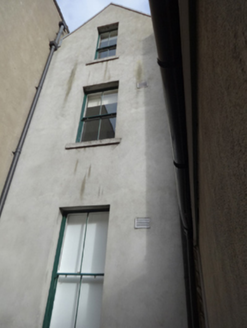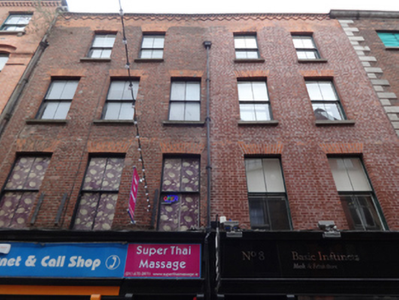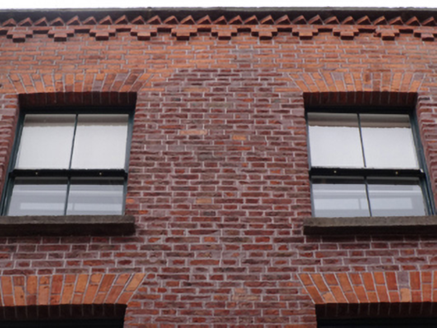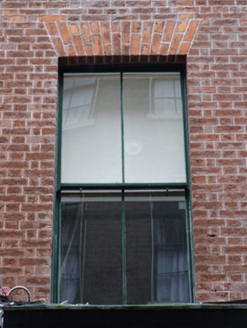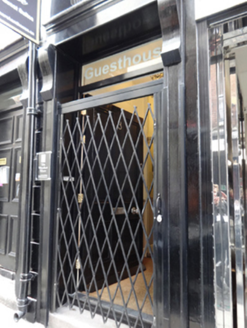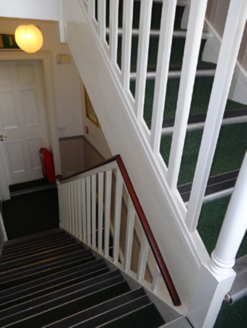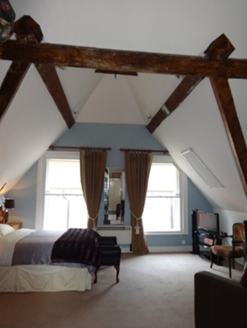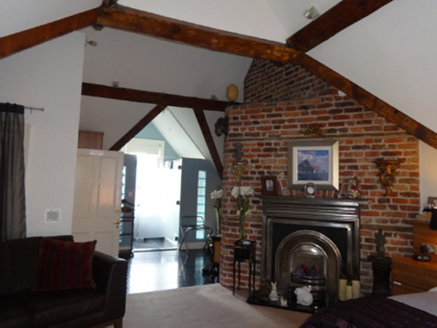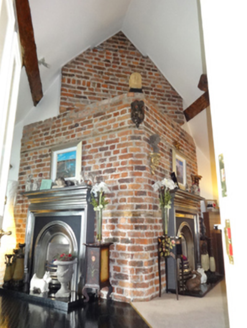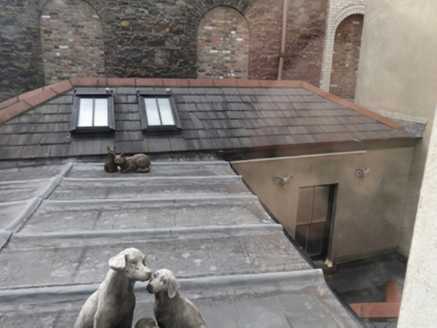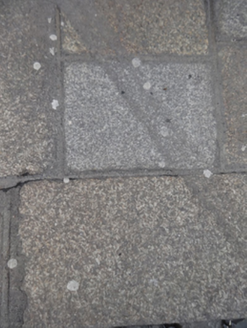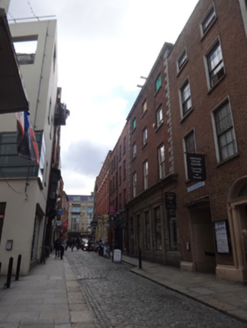Survey Data
Reg No
50020074
Rating
Regional
Categories of Special Interest
Architectural, Social
Original Use
House
In Use As
Guest house/b&b
Date
1710 - 1730
Coordinates
315607, 234101
Date Recorded
05/03/2015
Date Updated
--/--/--
Description
Attached two-bay four-storey over basement former house, built c.1720. Facade, shared with house to south, rebuilt c.1870. Now in use as guesthouse and shop with recent shopfront to front (east) elevation. Cruciform slate roof shared with house to south, having bundled chimneystack to north, and red brick parapet with granite coping. Red brick laid in Flemish bond to front, having cogged and geometric-design brick eaves course, and rusticated render to ground floor. Rendered gabled wall to rear (west) elevation. Square-headed window openings with granite sills, and two-over-two pane timber sliding sash windows. Channelled stone and timber shopfront, comprising pilasters, stylised corbel brackets supporting fascia over square-headed door and window openings, with replacement timber-panelled door and window openings. Closed-string dog-legged staircase to interior with plain balusters and ramped handrails aligned under stringer above. Corner red brick chimneystacks to third floor, with articulated roof structure comprising purlins, valley rafters and collar ties. Granite paving and kerb stones to front. Two-storey, hipped-roof, rendered mews with two-over-two pane timber sash windows to rear.
Appraisal
This former house is among the oldest upstanding buildings on Eustace Street. Rocque's map indicates the site of this building and its neighbour to the south in single use. The cruciform roof underscores the building's early provenance and is a rarity in Dublin. Articulated to the interior, the roof structure comprises heavy timber-framing, a medieval tradition that would slowly be replaced with lighter construction shortly after the building's completion. The nineteenth-century facade reconstruction is also of fine quality. The building maintains an early aspect, and its setting is enhanced by the retention of an early mews building to the rear.
